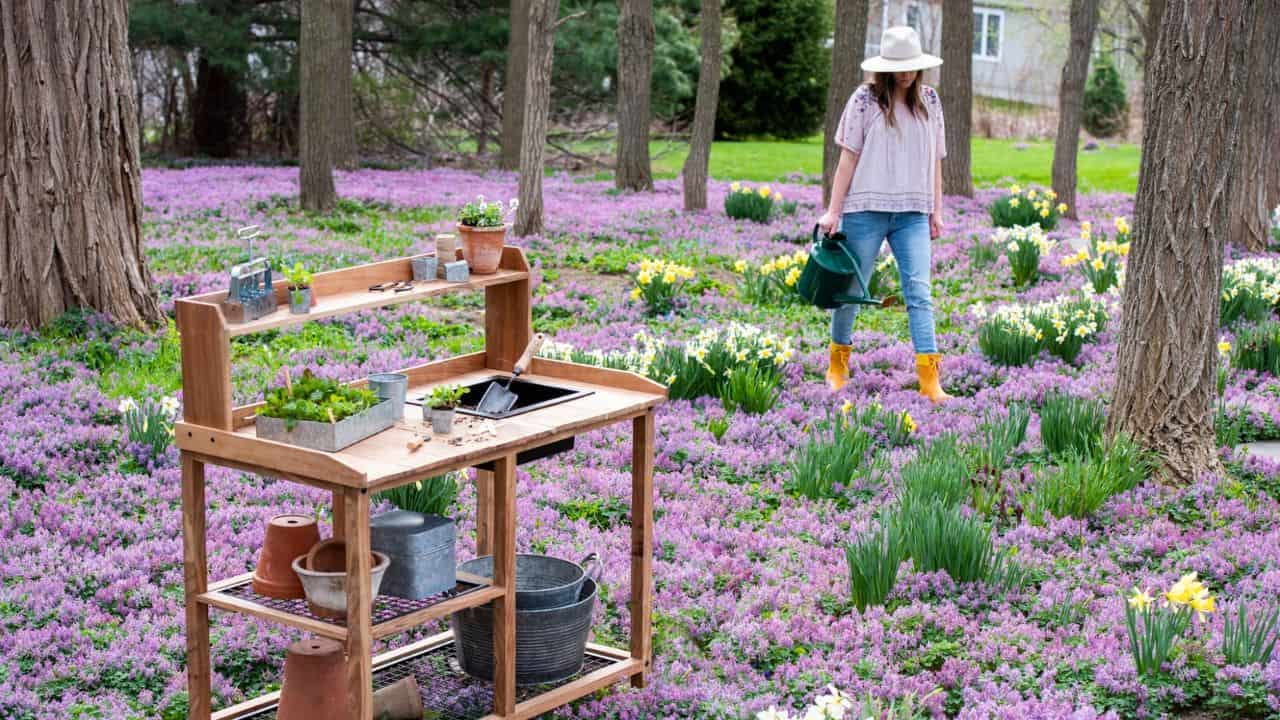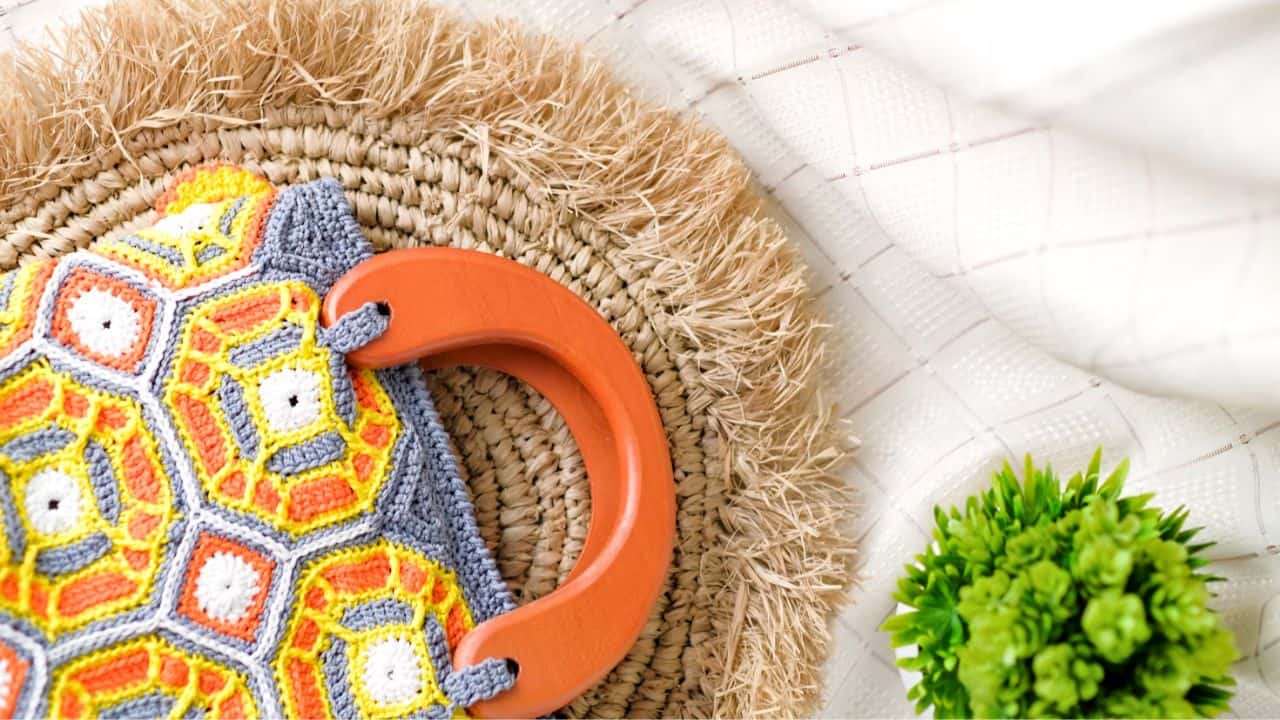7 Easy Ways To Create An Inspiring Eco-friendly Home Office
1. Start with the basics
Since it’s imperative to customise your home office based around your individual needs, we recommend starting simple and easing into the more complex.
What in your office can you absolutely not live without? Make a list of office supplies, check it twice and start building from there. This way, you’ll save money and consume less by buying what you actually need.
(Read our minimalism inspired feature 5 ways to live a life less throwaway).
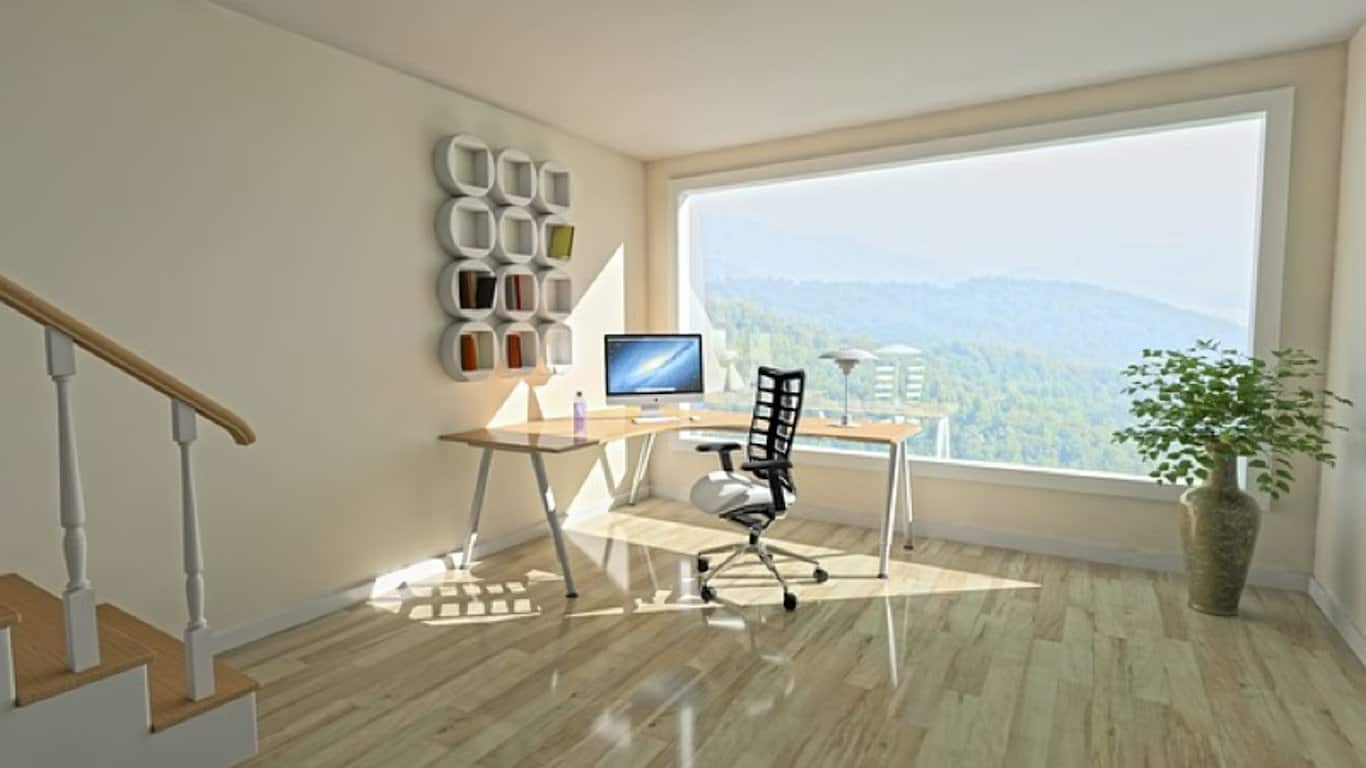
2. Take advantage of natural light
So long, windowless cubicle! Utilising the windows in your home office to let in sunshine and brighten your space will not only save you money on electricity, it will also reduce your energy usage.
Light colours and strategically-placed mirrors will enhance the brightening effect.
3. Let go of your misconceptions
Let’s clear one thing up: going green doesn’t mean spending lots of it! It’s never been easier to be conscious and save money at the same time.
As eco-friendly design becomes more and more mainstream, supply is meeting demand and prices on green materials and ethically-sourced goods are dropping.
Many companies with ethical standards and practices are proud to advertise their positive methodology, but if you have questions about a source or a manufacturing process then don’t be afraid to do a little bit of research. It’ll be worth it to know exactly what you’re spending your money on.
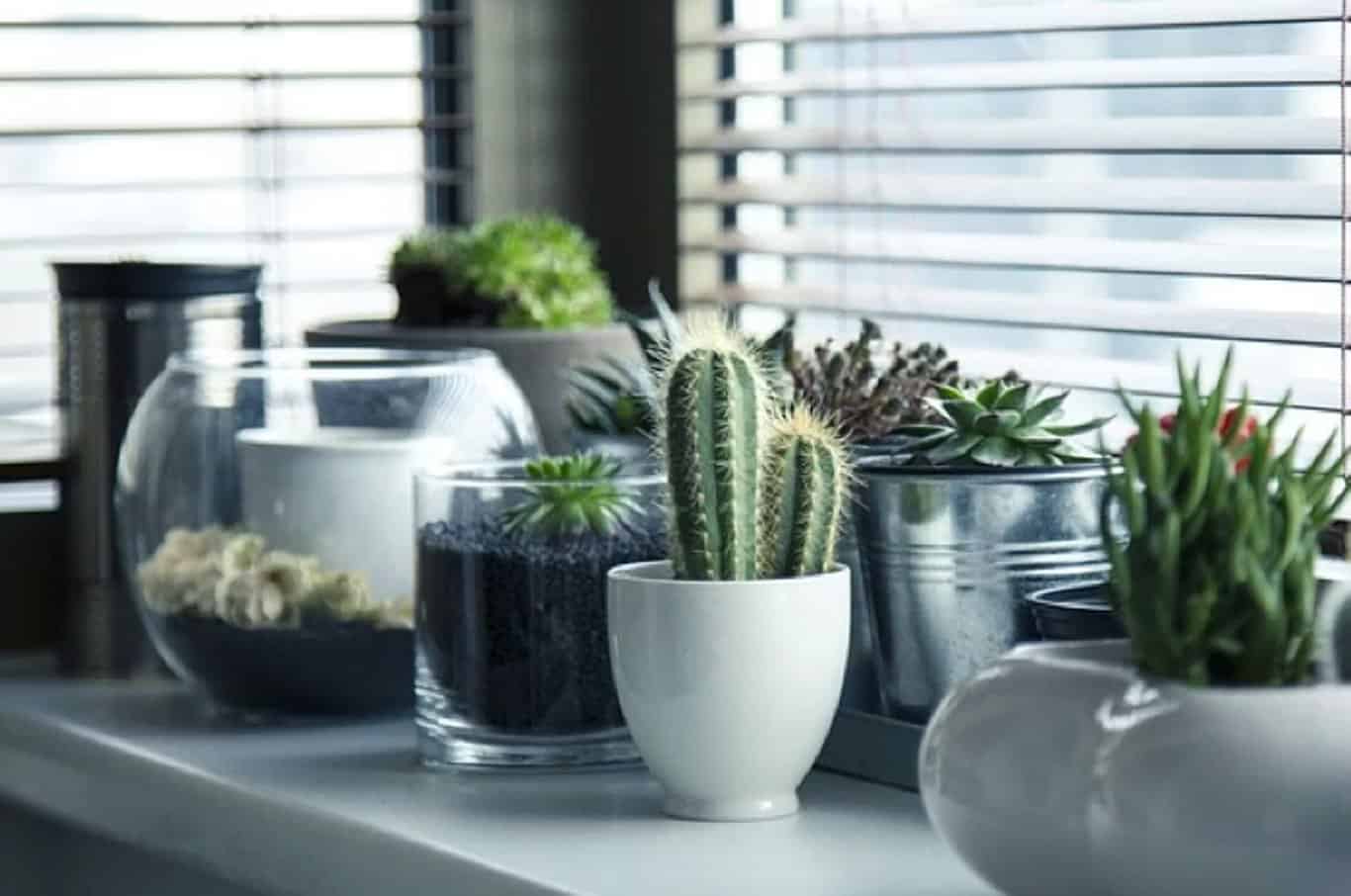
4. Add some green
House plants are a great way to bring eco-friendly character into your space.
They help purify the air by reducing pollutants and, in the case of certain plants like orchids and succulents, take in carbon dioxide and emit oxygen. Isn’t nature amazing? Some easy-to-care-for indoor options include spider plants, aloe vera, ZZ plants, and philodendrons.
(Check our our 9 easy ways to fill your home with houseplants).
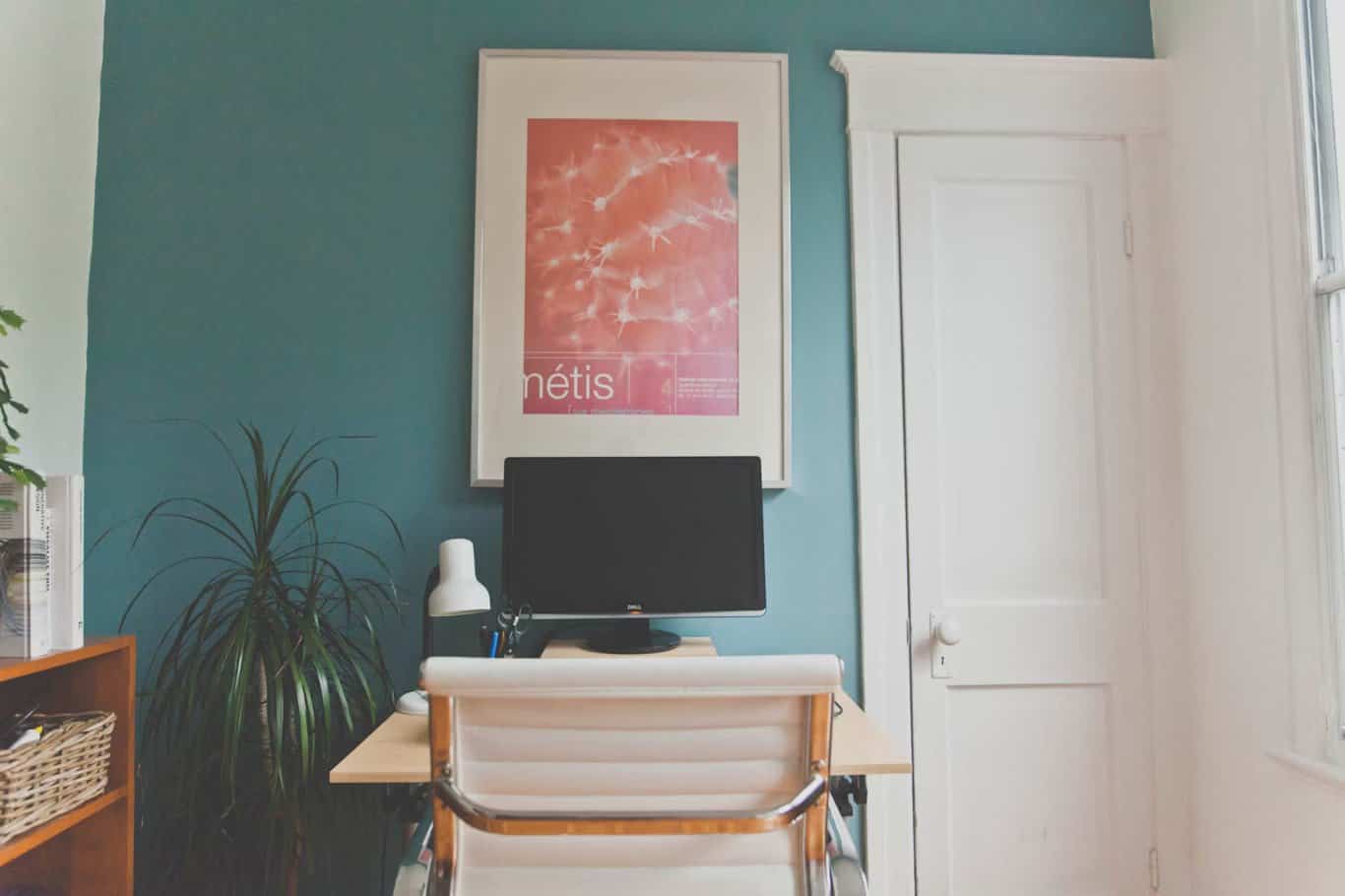
5. Look for green paints
No, not the colour, unless that’s your thing! Major brands are getting on board and offering more and more eco-friendly options in a wider range of colours and finishes.
Check your paint’s ingredients and avoid harmful pigments, toxic heavy metals and volatile organic compounds (VOC’s). Oil-based paints contain more VOC’s than water and latex-based paints. Earthborn is one such brand that’s VOC free.
Avoid potential heavy metal contamination by properly disposing of old paint, as the metal in the cans may have leeched into the liquid.
6. Use renewable and sustainable materials
One of the great things about advances in home improvement technology is seeing common materials find new life! If you’ve got your heart set on hardwood flooring, check out bamboo instead.
While wood is renewable, trees take years to regrow and reach maturity. Bamboo, on the other hand, is a notoriously fast grower and repopulates far faster than wood.
It’s also renowned for its strength! Bamboo is cost-efficient, durable, and absolutely lovely as a flooring material and due to growing popularity it’s available in more colours and styles than ever.
7. Remember your Rs: reuse, recycle, repurpose
Before heading out to buy new furniture for your home office, look at what you already have. What can you do with it? Can it be recycled or donated? The answers may surprise you.
First, recycling isn’t just for bottles and old newspapers.
Charitable organisations like Habitat For Humanity accept everything from flooring to paint to small appliances and even your kitchen sink. Freegle and Freecycle work in local groups to find homes for everything from printers to desks. You can also see what other people are giving away and find a second home for someone else’s donations).
Instead of tossing that old lamp in the dumpster, try upgrading it with a new shade and energy-efficient light bulbs.
Is your favourite couch or chair stuck in the past? Some new fabric can take a piece from drab to fab! Check upholsterers in your area or if you’re feeling ambitious, do it yourself. It’s all about make and mend now, right?
Donating, repurposing and reusing what you already own are great ways to not only save money, but it reduces the demand for new materials and helps reduce the strain on the environment.





